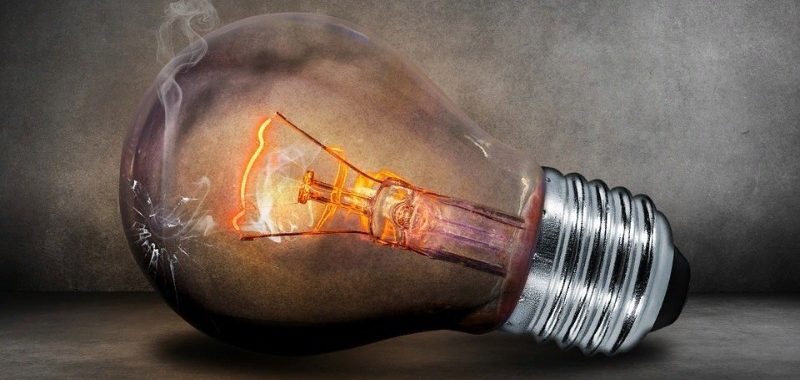History of the invention of the incandescent light bulb
Incandescent bulbs are gradually being replaced by more modern lighting options. But the new sources of light still have an affinity to the classic "pear". Its history lasted more than a decade and contains a lot of interesting things.
In what year was the incandescent lamp invented?
The year of the invention of the lamp can be considered 1802, when a British chemist experimented with feeding current to pieces of platinum. But the first serious experiments began in 1840. Then the Englishman De la Rue passed the electric current through a platinum wire placed in a glass container. There may have been a vacuum inside.
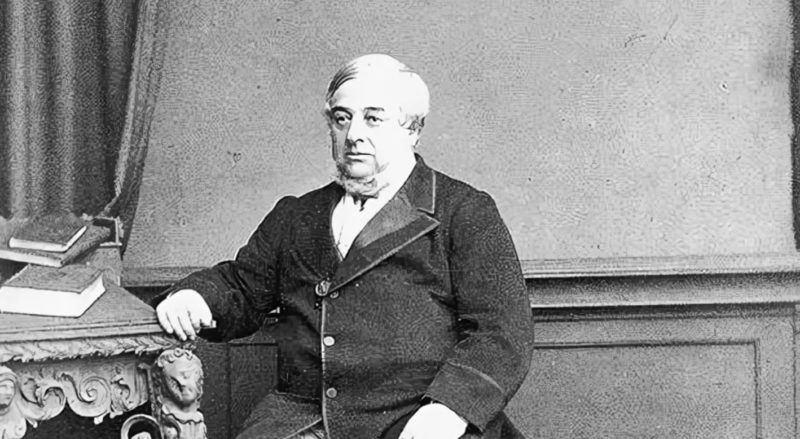
In the same year, the Russian scientist Alexander Milashenko created a carbon filament. Later there were many experiments that were successful to varying degrees.
The official patent for the incandescent lamp with carbon fiber was received by the American developer Thomas Edison in 1879. He managed to create a device that would work for 40 hours.
The source became the longest-lasting one known. Further modifications increased the combustion time many times over.
How it was discovered
The need for electric light has long troubled great minds. Different scientists of the world made separate discoveries and small achievements, so it is impossible to say unequivocally who invented the light bulb.
The honor of the discovery of the lamp belongs not only to Thomas Edison. For example, the German H. Goebel in 1854 created the electric light bulbsimilar to today's light bulb: a charred bamboo filament was placed in a cylinder of glass.
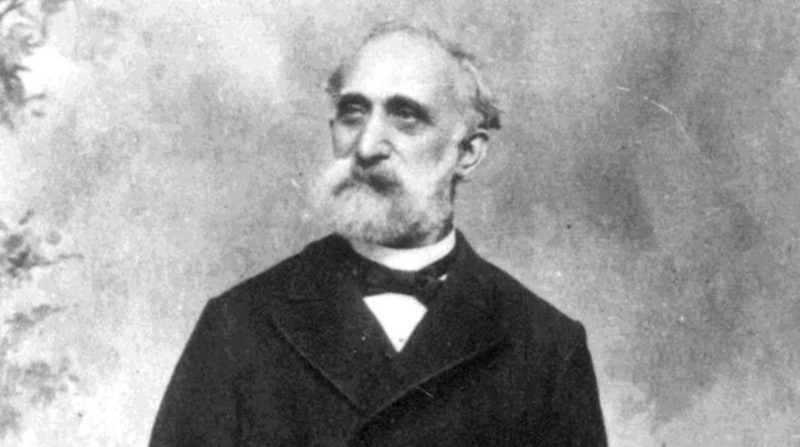
Mercury vapor created a vacuum in the upper part. The durability of such products was a few hours. Five years later he created the first practical lamp.
On the question of in what year the light bulb was invented world and Russian point of view are different. In Russia, the first inventors of the incandescent lamp used for lighting are P.N. Yablochkin and A.N. Lodygin.
They developed several types of lighting techniques. Yablochkin in 1875-1876 was the first to design an arc lampbut it was considered ineffective. In 1874, Lodygin took out the first official patent for a lamp working on the incandescent principle. This is how Russia developed its own.
Electric lamps of A. N. Lodygin
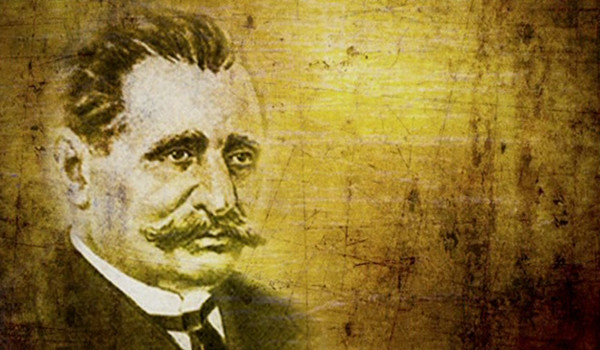
There were a few of them. The first one was with a carbon rod 2 mm in diameter made of retort carbon. Such coal was produced by sublimation - evaporation of carbon during combustion without access of oxygen to the fuel containing carbon. The vapor settled on the retort walls and formed a layer of a certain thickness.
Patents were obtained in Great Britain, France, Spain, Belgium, etc.
But the rod in the air atmosphere burned up in a few tens of minutes. V.F. Didrichson, a co-worker of Lodygin, suggested pumping air out of the flask with a hand pump. The operating life rose to 700-1000 hours. In 1876 such experimental devices illuminated the room for several months.
Lodygin's second was a model with a metallic filament. The "thread" could have been a thin ribbon. A U.S. patent was issued to Lodygin in 1890. The metals used for the filament were tungsten, iridium, palladium, osmium, i.e. substances with a high melting point. Lodygin is considered the ancestor of incandescent lamps with metal filament. The essence of making these devices has not changed to this day.
16 years later, Lodygin sold the technology for the manufacture of lamps with a metal filament to the American company General Electric for a small sum of money. This type of information was later called "know-how" - a transliteration of the Cyrillic word combination know-how - "I know how". The company invited T. Edison to organize the industrial production of Lodygin's inventions.
Electric arc lamp - "Yablochkov candle".
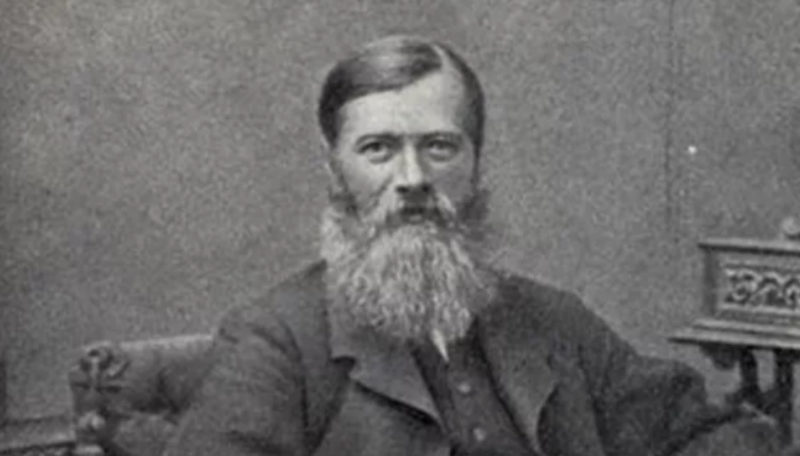
In this lamp P.N. Yablochkov placed the axis of two carbon electrodes not on one line as it was before him but in parallel. And he separated them with an insulating insert made of gypsum. As the electrodes burned out and the arc faded, they did not need to be moved and the arc was restored to flame, i.e., ignited again. U.S. Patent No. 112024, prioritized in 1876, was issued for this unusual solution.
To facilitate re-ignition of the arc, he added metal powder to the gypsum. P.N. Yablochkov changed the color of arc glow by adding salts of different metals.
Who really invented the lamp?
The official inventor and the first person to register a patent is considered to be Thomas Edison. During his lifetime the entrepreneur took out 1,093 patents in the US and about 3,000 in other countries for different products.
He was also engaged in perfection of cinematograph, telephone and telegraph, he invented phonograph. He is also the author of the greeting "hello" in a telephone conversation.
The inventor was born in 1847 to a simple family in Ohio, USA. The young Thomas worked as a telegrapher. After 1864. created and patented his first "electric ballot machine," a device for rapidly counting the "yes" and "no" votes cast.
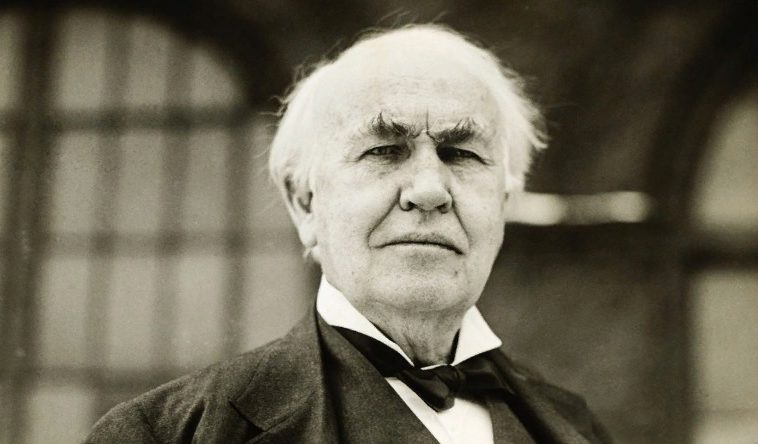
Edison's achievements are also characterized by awards, such as the Congressional Gold Medal. This highest award in the United States went to the scientist in 1928. There were others, as well as several honorary positions.
How the first incandescent lamp worked
Choosing the material for the lamp filament, Thomas conducted about 1500 experiments with different materials, and more than 6000 studies on the carbonization of various plants.
At the same time, the design of the lamp was improved. The inventor used a carbon filament through which an electric current was conducted from a dynamo.
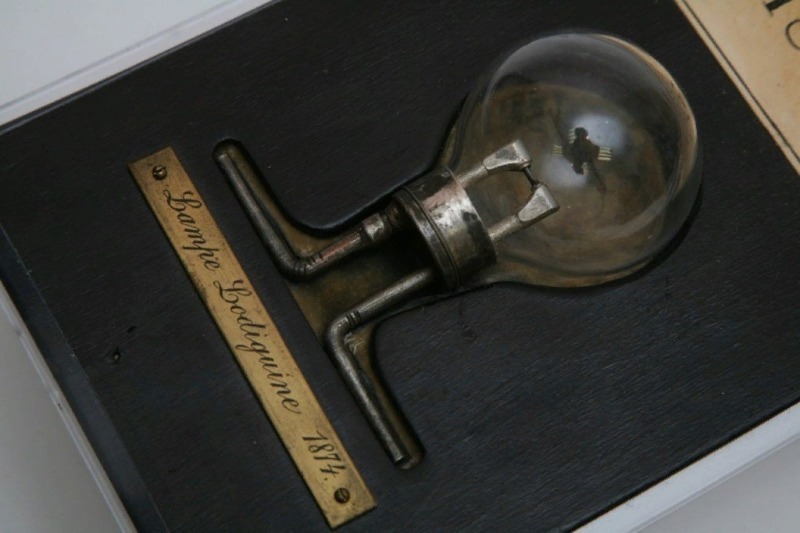
The principle of operation of such a lamp involves the conversion of electricity into light flow inside the bulb with a vacuum, which provides protection from excessive overheating and long-lasting operation. The glass cover is hermetically fixed to a metal base, to which the electrical wires are connected.
The first production of lamps
The persistent source of light quickly gained popularity, and enterprising businessmen rushed to organize their serial production. One of the first was T. Edison himself. He managed to increase the working time of the product to 1,200 hours and produced up to 130,000 units a year.
The Frenchman A. Chaillé moved to the USA in 1896 and opened a factory for producing lamps that lasted 30% longer and were brighter than the products of other firms.
Production continued for more than 10 years, followed by versions with tungsten filaments and other improvements. The Chaillé factory failed to modernize and ceased operations in 1941.
Recommended for viewing: The process of making an incandescent light bulb
Development phases of incandescent lamps
After the patenting of the T. Edison lamp many entrepreneurs set out to improve their products in order to provide the market with a competitive product. The peak was between 1890 and 1920.
The first examples of electric-powered lamps had platinum filaments, followed by carbon filaments. But they all burned out quickly. In 1904 the tungsten version became popular. At that time three methods of working with it were used.
The last variant was invented by W. Coolidge. He applied tungsten with cadmium amalgam. The result was a plastic substance from which the wire was made.
It was calcined in a vacuum, the cadmium and other components evaporated, and pure tungsten filament was left. This was the easiest technique and gave good results. Other methods were either too complicated or did not ensure the purity of the filament.
Familiar lighting devices have a simple design, but its invention and perfection took many years of experimentation and labor. Scientific articles and materials are devoted to this topic and preserve the history of its creation. Thanks to the discovery, people today live comfortably.
